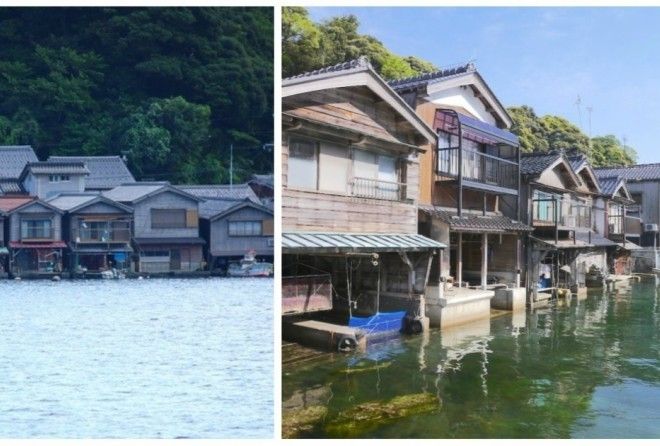There are 230 wooden boathouses standing on a narrow strip of land between the sea and the mountains. Ine no Funaya has the sea as its front, but there’s no need to worry about powerful storms and crashing waves.
The village is located inside a cove, protecting it from the elements and helping it retain its old world charm.
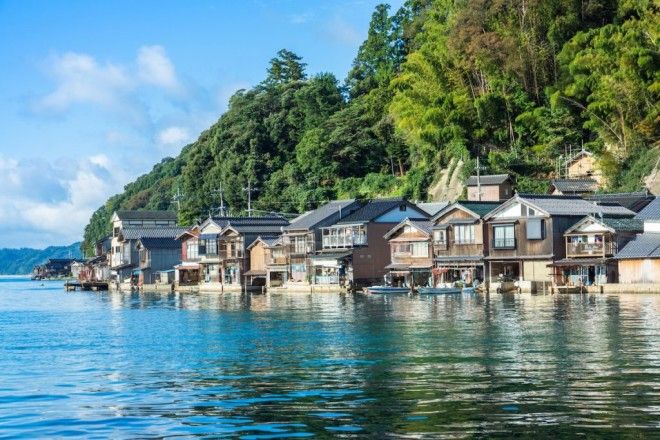
The town of Ine became one of the largest suppliers of fish in Kyoto, producing approximately 25% of the fish for the prefecture.
Each house in the village has living quarters on the second floor. There’s also garage where people can park their boats or hang up their fishing nets. The upper floors are also used as inns.
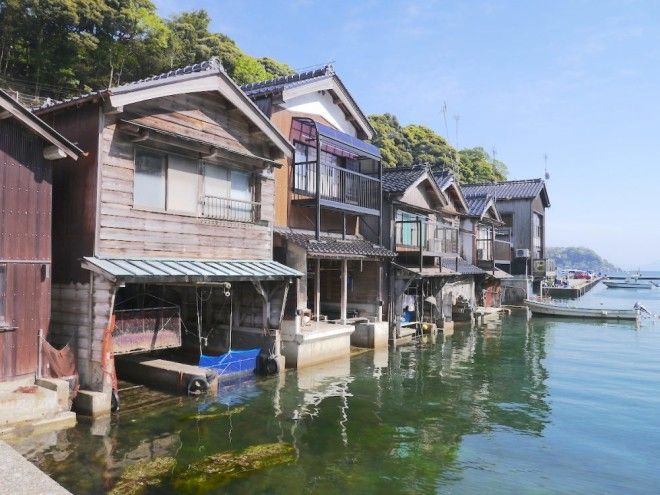
Tourists can join the locals for fishing experience and they will provide you with everything you need. They let you keep your catch and even provide you ice packs to store the fish.
When you look at the village from the sea, the houses appear as if they are floating on water. This made Ine no Funaya a famous tourist destination and a location for movies.
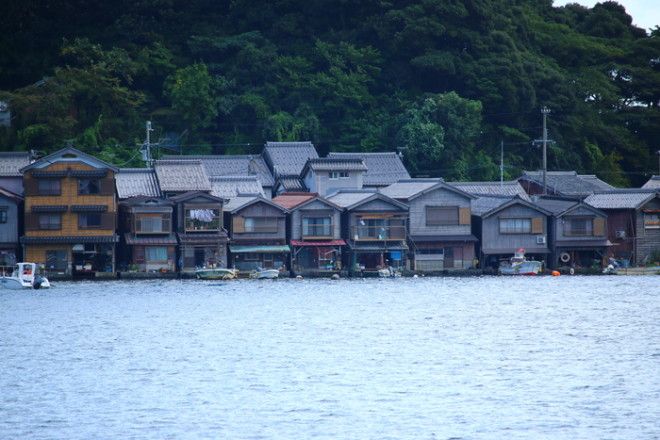
Currently, there are more than 200 funaya houses in the village.
The village has been proclaimed as a protected area of ‘important traditional buildings.’ It’s the first fishing village to be selected to be registered into Japan’s Important Preservation Districts for Groups of Historical Buildings.
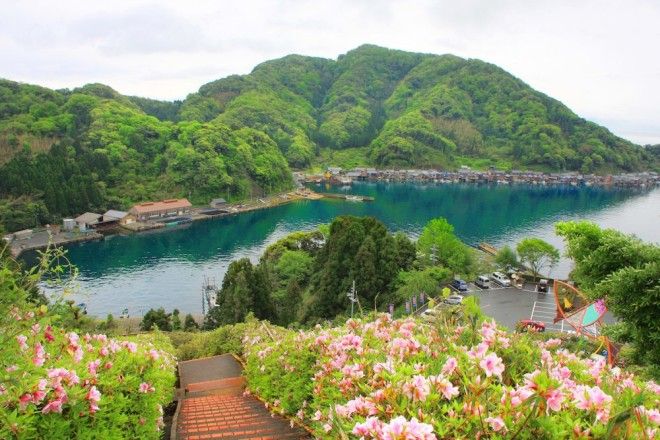
Aside from the wooden houses, the Ine area has other sights worth checking out. There’s the famous Nii-no-Tanada (Terraced rice fields of Nii), which gives great views of the funaya and has also become a popular movie location.
